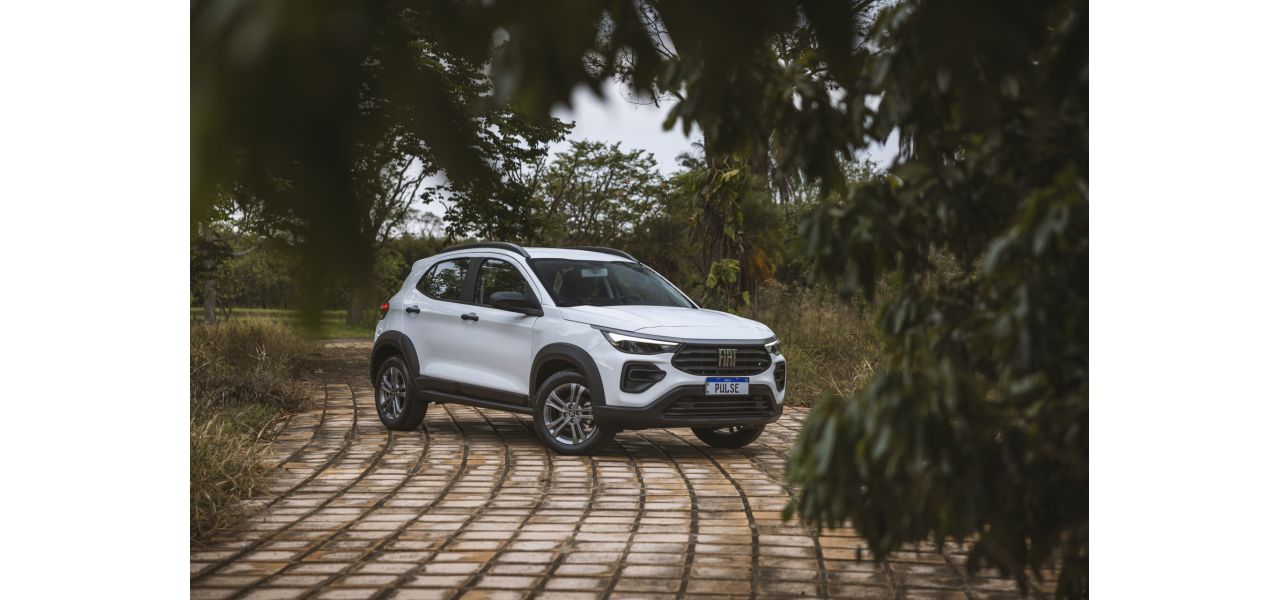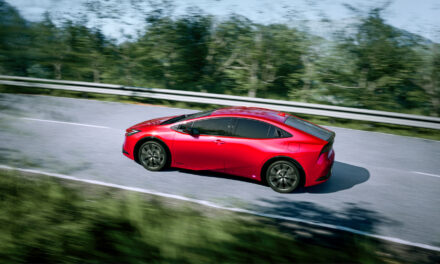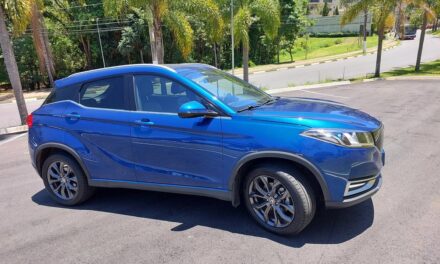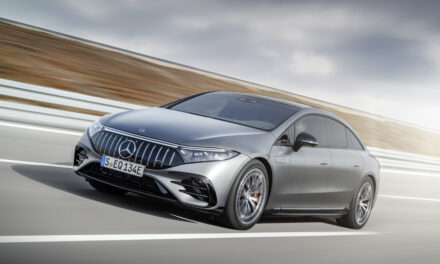Pushed by the higher demand for SUVs and the growing offer of low-displacement turbocharged engines for this kind of product, the 1.0 models segment, which was once known as popular cars, is increasingly expanding its share in the Brazilian market. Data from Anfavea show that this was the only engine size segment to expand its sales among automobiles from January through August, with 507.1 thousand units – 21.7% more than the 462.8 thousand sold in the same period last year.
There was a 21.3% fall in registers of vehicles with engines from 1,000 to 2,000 cm³, from 564.5 thousand to 444 thousand, and a 6% reduction of cars over 2,000 cm³, from 19.5 thousand to 18.3 thousand. Therefore, the 1.0 models went from a 43.7% share in 2021 to 52.3% of the 963,254 automobiles sold in the first eight months of this year.
The share has been growing each month and reached 59.5% in August. In the same month last year, it was just 37.8%. In the last 12 months, the participation of engines up to 1.0 and from 1.0 to 2.0 practically inverted. In the second group, it was 38.9% in August.
The 1.0 engine appeared in Brazil in 1990 after a governmental decision to reduce taxes for this kind of vehicle. At the time, the so-called popular car had, on average, 48 cv and was criticized by many for its low performance. But much has changed since then, and today it delivers more than twice the power.
It all started with InovarAuto, a program establishing energy efficiency goals for Brazilian vehicles. Since then, the downsizing concept has become popular, and the manufacturers have invested in reducing engine size to improve performance and efficiency.
Among other technologies, direct fuel injection, variable valve camshaft and turbo compressors gained space. Therefore, the 1.0 engine, initially available only in compact hatches, began to equip SUVs produced here. Most manufacturers currently offer the option of 3-cylinder 1.0 turbo engines.
Among the released in the last 12 months are the Fiat Pulse 1.0 turbo, with up to 130 cv, and the new generation of the Hyundai Creta, with the 998 cm³ Turbo GDI. Volkswagen has the Nivus, with the 200 TSI 999 cm³ engine, and Jeep uses the same engine as the Pulse in its SUV lineup. Besides being more economical, the 1.0 turbo cars also are less pollutant.
Photograph: Fiat
- Para por fim à greve, Renault propõe PPR de R$ 25 mil - 8 de maio de 2024
- Os estragos da “greve” do Ibama no mercado automotivo - 8 de maio de 2024
- Produção de veículos cresce em abril, mas chuvas no Sul preocupam - 8 de maio de 2024








